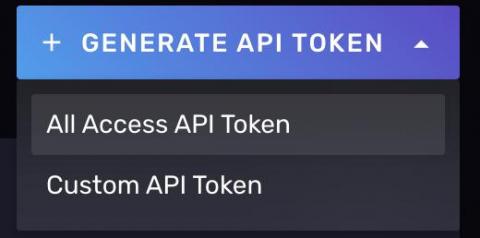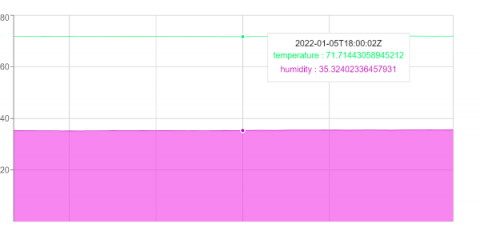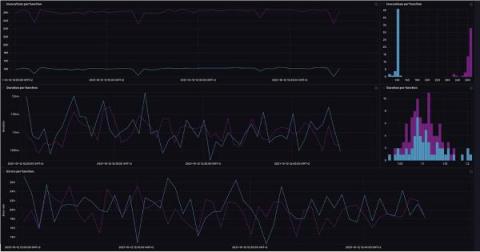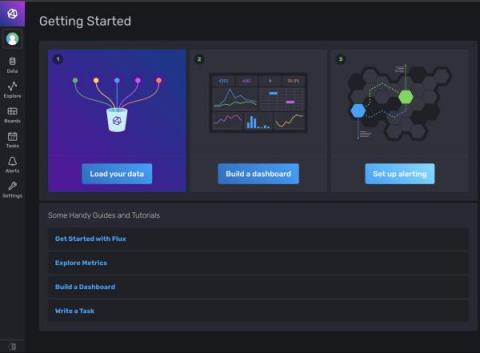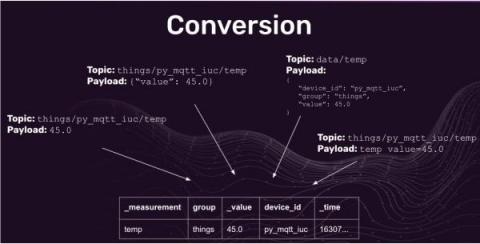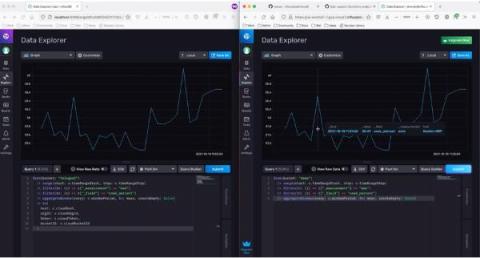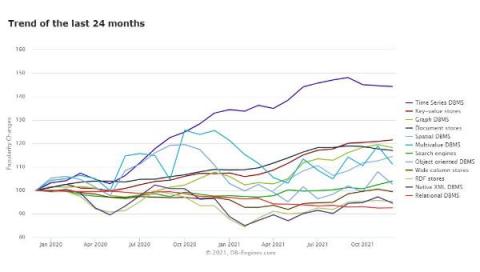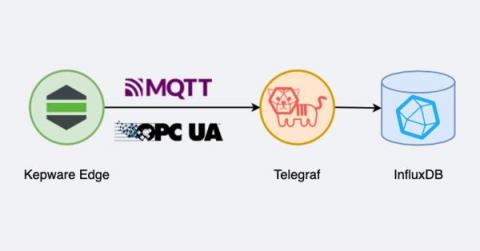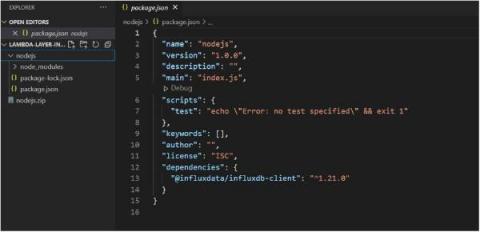New API Tokens UI
InfluxDB Cloud allows users to create API tokens that are used for authentication and authorization to sets of resources when interacting with our API. We recently made changes to the user interface so that after generating a token, you will need to immediately store it in a secure vault of your choosing for safekeeping. We made this change to conform to industry best practices around both token generation and retrieval.


